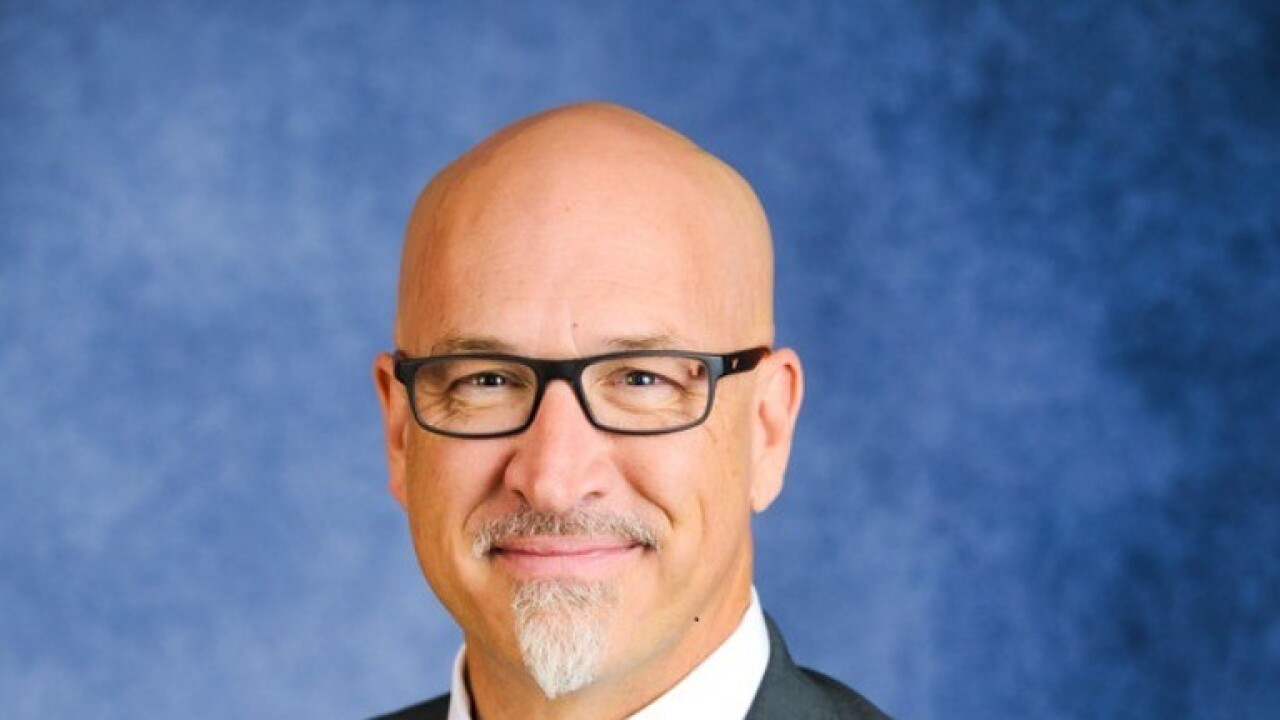One of Becca Callahan’s first orders of business when she was promoted to be the CEO of Wonderlic, a talent assessment company, was to make sure her team started working way less.
After piloting a four-day workweek program over the summer, which trimmed Wonderlic’s working hours from 40 to 32 each week, Callahan made the new schedule permanent this fall.
“We’re an 85-year-old company, but we’ve always had a really strong emphasis on work-life balance, which for us, is just having the flexibility to take care of what you need to, for yourself and your family,” Callahan says. “But the practical application of that has evolved significantly.”
Read more:
Prior to the pandemic, Wonderlic had enhanced a number of its PTO policies, including the introduction of a weeklong shutdown during the holidays, to allow their 85 employees to truly unplug. But the 33-year-old, who spent four years at Wonderlic before being elevated to the role of CEO, felt like there was more to do — and more to test.
“Management in general is about trial and error, and being in this role, it’s a constant opportunity to evaluate and re-evaluate whether or not I’m making the right choices,” she says. “You learn over time as a leader, and this was an opportunity for our company to learn over time and support our team.”
Callahan recently spoke with EBN about the lessons learned through its 12-week pilot program, the importance of gaining managers’ buy-in, and how Wonderlic has adapted to a permanent Monday-Thursday schedule.

What were some of the issues you were trying to solve when you first started considering a four-day workweek?
Caregiving was a huge issue and stressor for our staff — parents and moms in particular, but also people caring for elderly parents and relatives. So we were looking for ways to help everyone, but especially those workers, feel more refreshed and recharged. We knew we couldn’t march into another winter of COVID in this state. And we love our shutdown week, but we know that doesn’t do much in the long-term. So we were looking for lasting ROI and it really took us to the four-day workweek.
Read more:
How did you go about implementing this? That must have taken a huge shift in culture and workflow.
We wanted to do a trial ourselves first, to see how it impacted all types of metrics. So we tested it over the summer for 12 weeks and it was really incredible. We saw increased productivity, measurably increased engagement across the board, plus increased bottom line results and better sales results. We also saw some things that were less measurable but extremely meaningful. We really saw managers and other leaders make quality decisions — no one wanted to waste anyone’s time, so we learned to make better, faster decisions, which I hadn’t been expecting.
In practice, what does this look like? Does it mean your company is working four 10-hour days?
The thing that has been critical about making this successful is that we now work a 32-hour week. Your days are still eight hours long — the idea of four 10-hour days, in my opinion, defeats the purpose. So most of our company works Monday through Thursday, and for client-facing employees who may need to be available on Fridays, we have a rotational schedule, so people will periodically work a Friday and then take a different day off that week.
Did you take any measures to make sure that people were actually taking the time off, and not logging online to work in secret?
We had a lot of conversations with managers to gain their buy-in, because at the end of the day, it comes down to every single employee’s individual boss. So we had to gain buy-in from leadership, but it was a straightforward argument. The thing that played in our favor there is that, again, the majority of members in leadership are caregivers, and I think that influenced decision-making.
Read more:
And now that the policy is permanent, how has it impacted the company?
Wonderlic exists in a science and technology space where there are some really big players who can offer salaries that we just would never be able to offer. So we have employees getting these offers from your Amazons and your Facebooks with out-of-this-world compensation and benefits, and it’s been meaningful to see a lot of those employees say, No, I’d rather stay here. And it’s not just because of the schedule, but because they feel renewed and refreshed about their work here.
Retention aside, has it boosted recruitment?
We’ve had extremely substantial increases in applicant volumes, which has been great to see. The opportunity to have a less work-centered life, that’s valuable. It’s not that we care less about the result. We care quite a lot, but we think there’s a smarter path to getting to that result.






